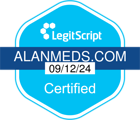Rosacea isn’t just facial redness. For many, it’s a chronic condition that affects skin confidence, comfort, and quality of life. Whether you’re dealing with flushing, bumps, sensitivity, or visible blood vessels, the right treatment can make a real difference.
At Alan Health, we offer a dermatologist-formulated rosacea treatment designed to calm, clear, and strengthen your skin—all in one prescription gel. Here's what you need to know.
Why Rosacea Happens (and Why It’s So Frustrating)
Rosacea is a chronic inflammatory skin condition that typically affects the cheeks, nose, chin, and forehead. It can show up as:
- Persistent redness or flushing
- Small red bumps or pustules (often mistaken for acne)
- Visible blood vessels
- Burning or stinging sensations
- Thickening skin (in advanced cases)
Common triggers include:
- Sun exposure
- Heat or spicy foods
- Alcohol
- Stress
- Skincare products that disrupt the skin barrier
Left untreated, rosacea tends to worsen over time—which is why targeted treatment can make a big difference. That’s why we developed a prescription gel that addresses the most common rosacea triggers—redness, inflammation, and skin sensitivity—with four active ingredients.
Our Multi-Action Rosacea Gel: What’s Inside and How It Works
Our prescription gel combines four active ingredients to help manage rosacea symptoms and prevent future flares:
✅ Azelaic Acid 5%: Gently exfoliates to unclog pores, reduce redness, and smooth uneven skin tone. Also helps fade post-inflammatory marks.
✅ Ivermectin 1%: Targets inflammation and microscopic Demodex mites, which are commonly found in higher concentrations on rosacea-prone skin.
✅ Metronidazole 1%: Calms inflammation, soothes irritation, and helps reduce microbial triggers on the skin’s surface.
✅ Niacinamide 4%: A powerhouse for barrier repair—helps strengthen skin, reduce flushing, and improve overall texture and resilience.
Together, these ingredients provide a comprehensive approach to managing rosacea—treating both the symptoms you see and the inflammation beneath the surface.
What to Expect
Everyone’s skin is different, but most people notice improvement within the first 4–8 weeks of consistent daily use.
Week-by-week timeline:
- Weeks 1–2: Redness begins to soften, and skin feels calmer
- Weeks 3–6: Breakouts, bumps, and sensitivity begin to fade
- Weeks 6–8: Skin tone becomes more even and resilient
- Ongoing: Fewer flares, less flushing, and more confidence
Because this formula is non-steroidal and well tolerated, it’s ideal for long-term use.
Who It’s For
Our prescription rosacea gel may be right for you if:
- You have facial redness, flushing, or sensitivity
- You experience acne-like breakouts or rough texture
- You’ve tried over-the-counter products with little success
- You’re ready for a targeted, multi-action solution
Other Tips for Rosacea-Prone Skin
In addition to prescription treatment, the following habits can help:
- Use fragrance-free, gentle skincare
- Always apply broad-spectrum SPF daily
- Keep a trigger journal to identify patterns
- Avoid over-exfoliating or using harsh active ingredients
We’re Here to Help You Calm the Flare
Rosacea can feel frustrating—but with the right treatment plan, it’s absolutely manageable. At Alan Health, we offer access to licensed providers who understand rosacea inside and out. If approved, your prescription ships directly to your door—no pharmacy lines or guesswork required.
Ready to get your rosacea under control? Start your consultation with Alan Health →
{{rosacea-treatment}}
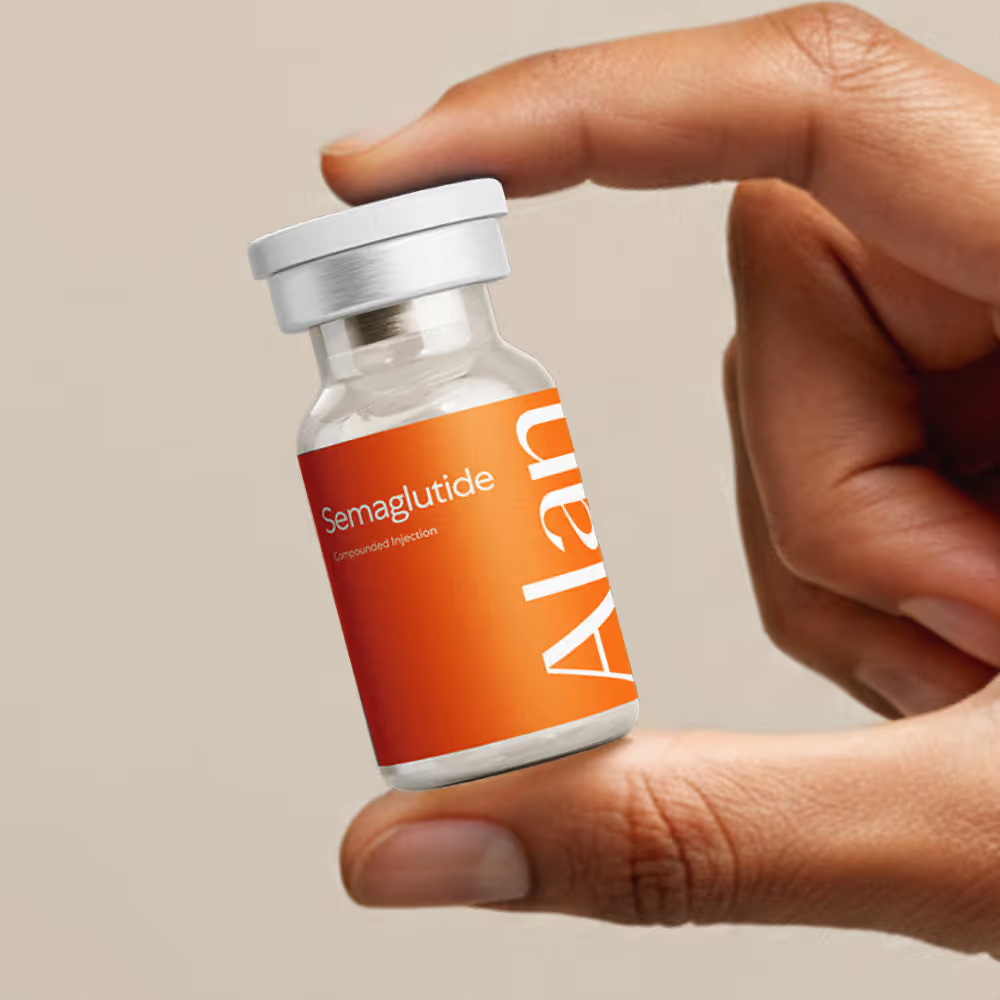

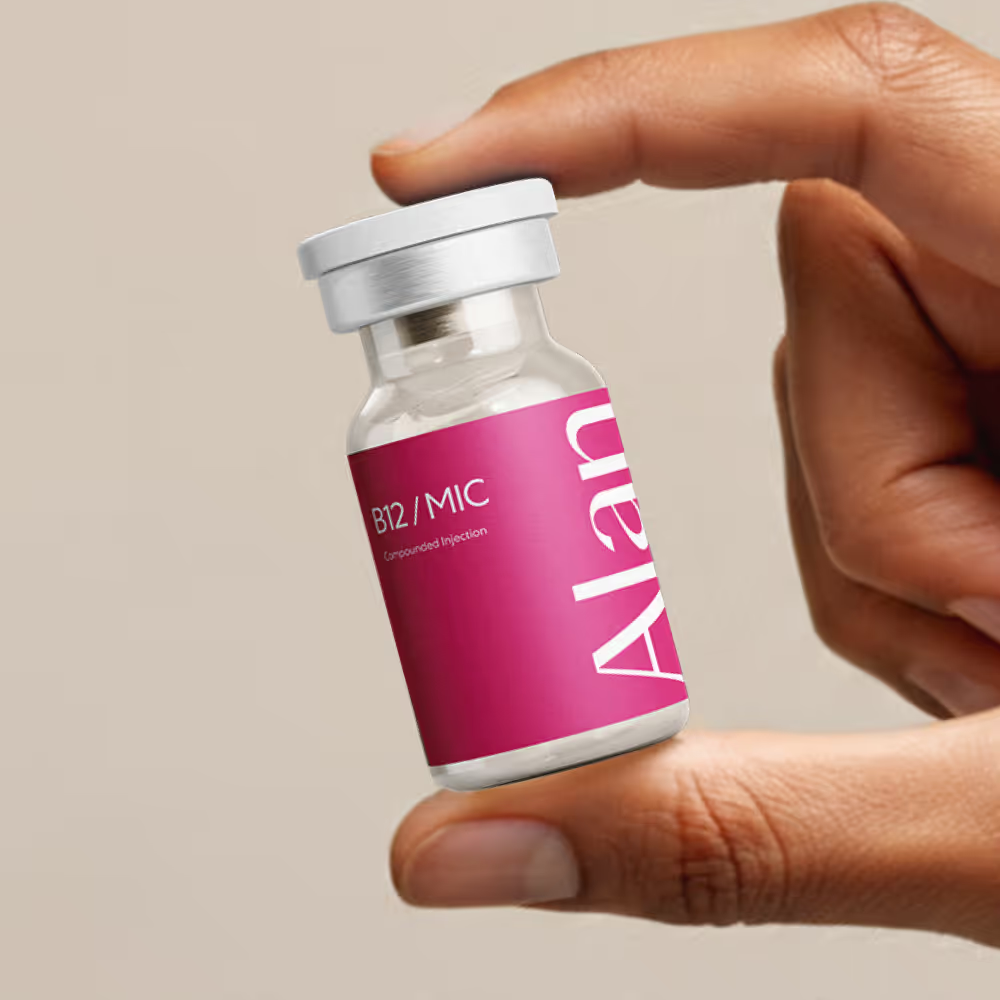

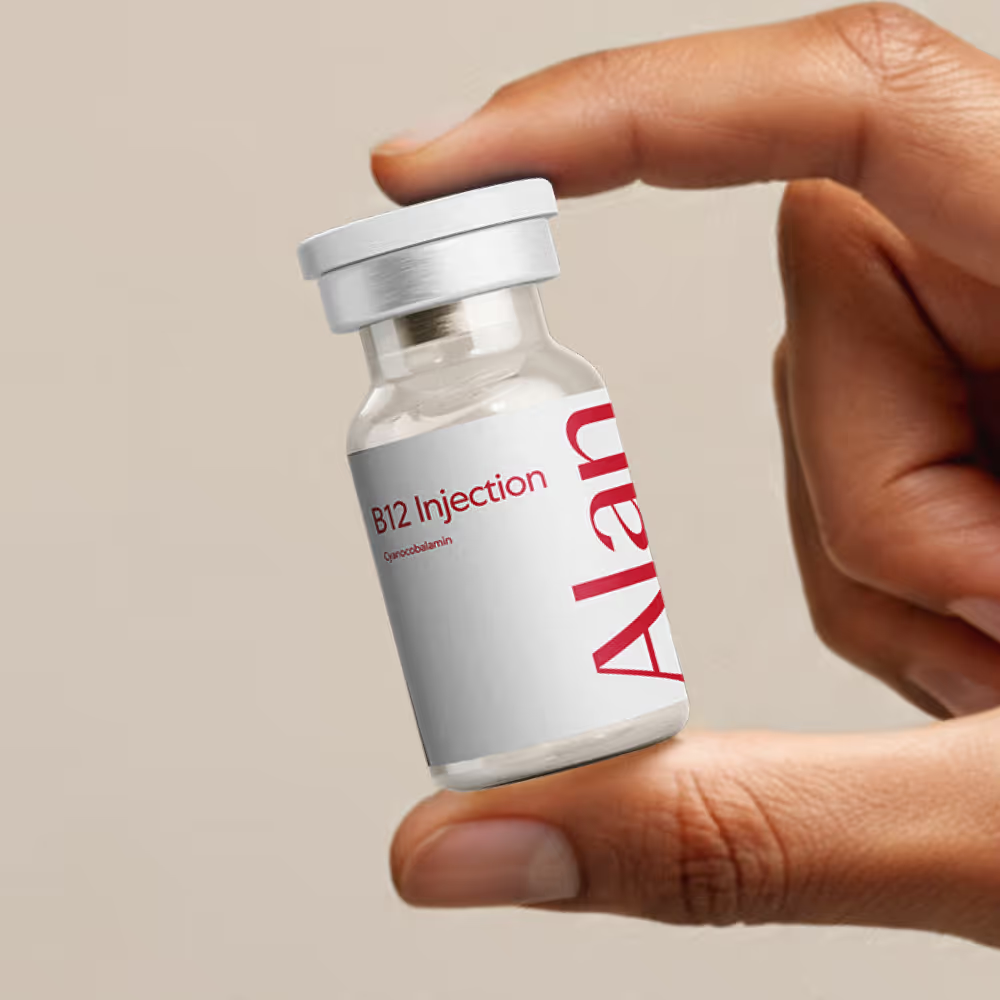

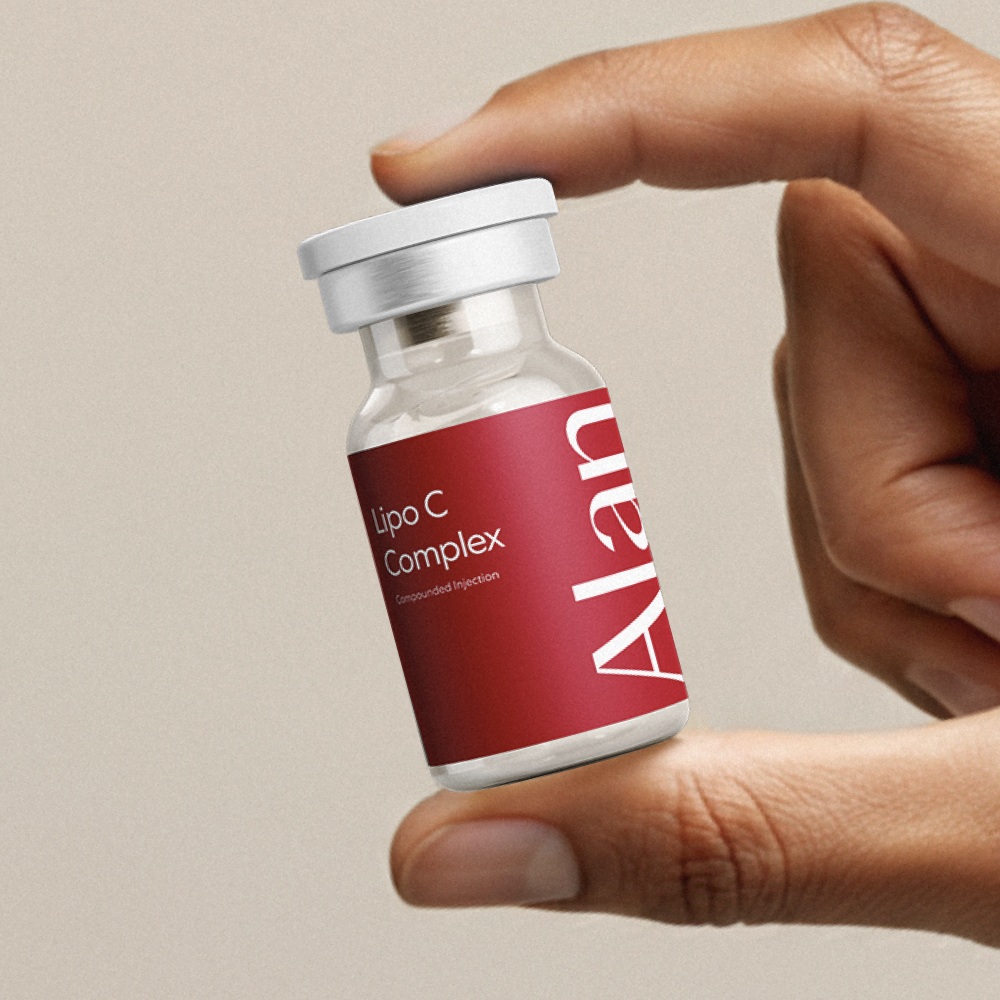

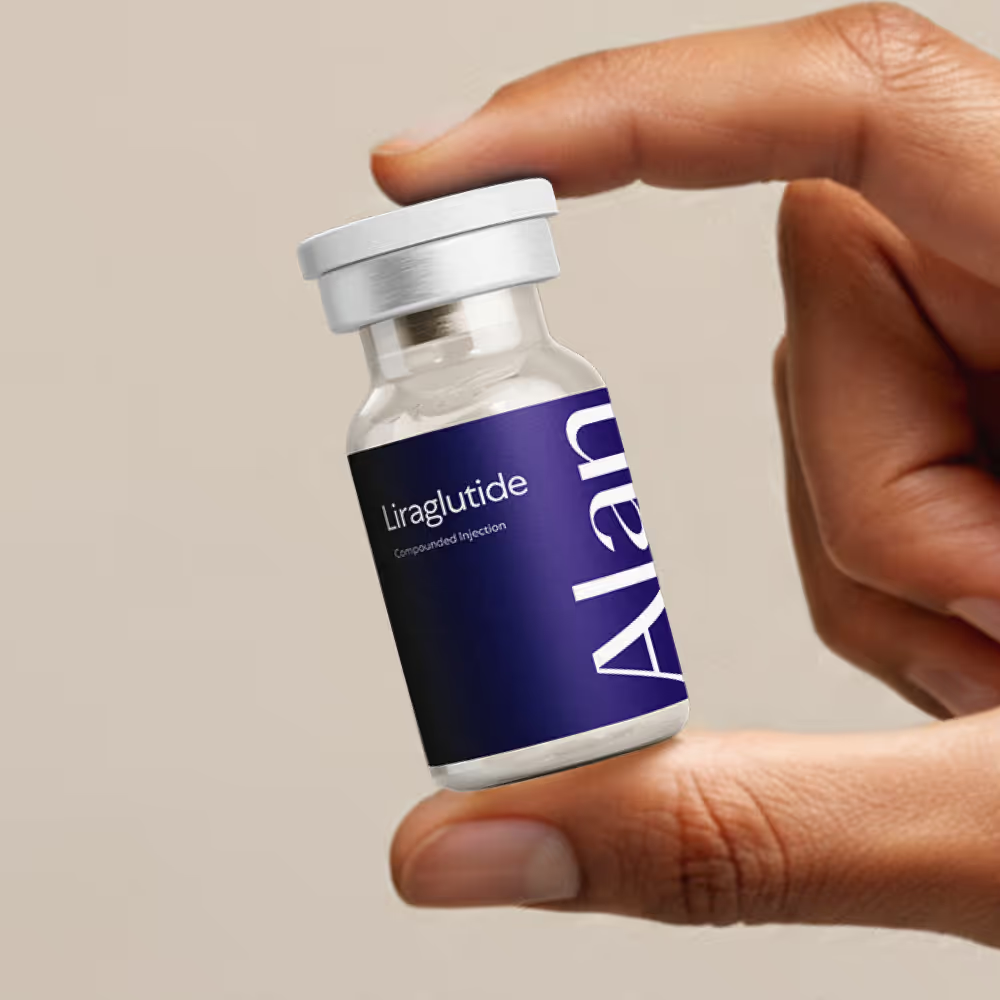

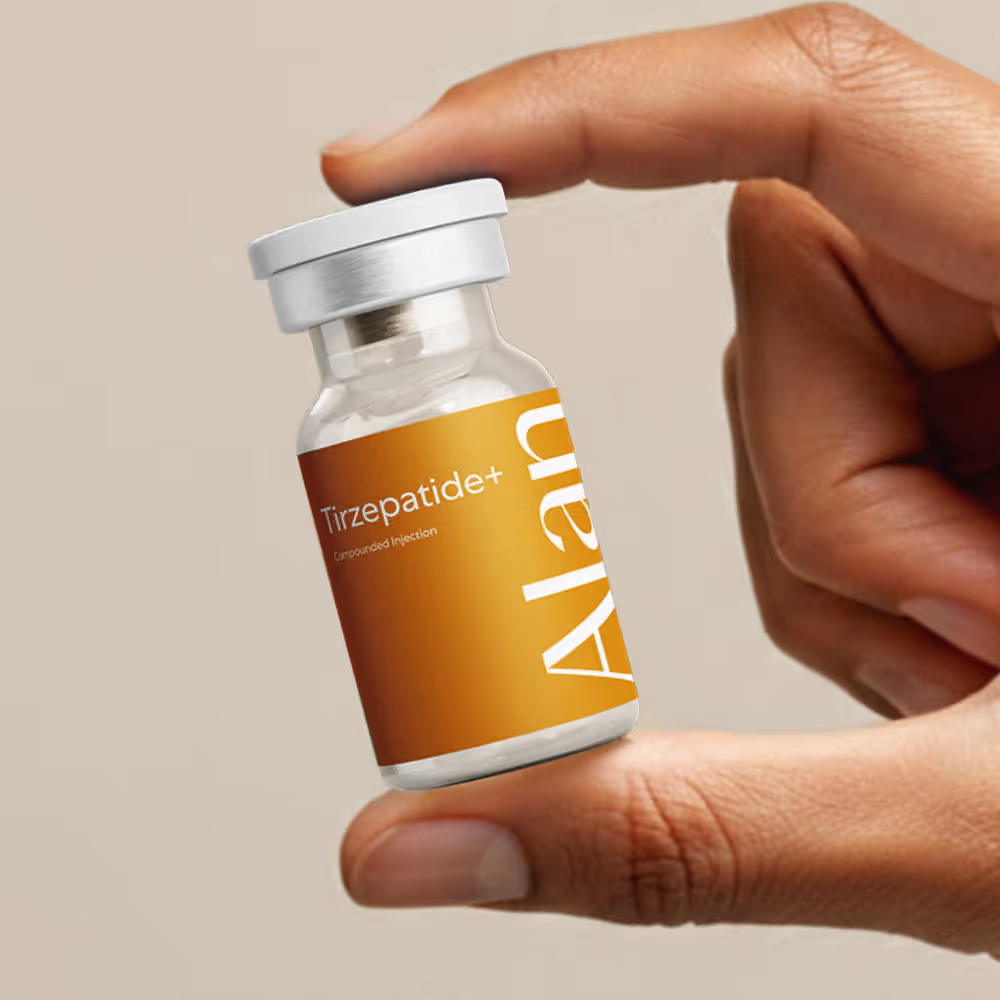





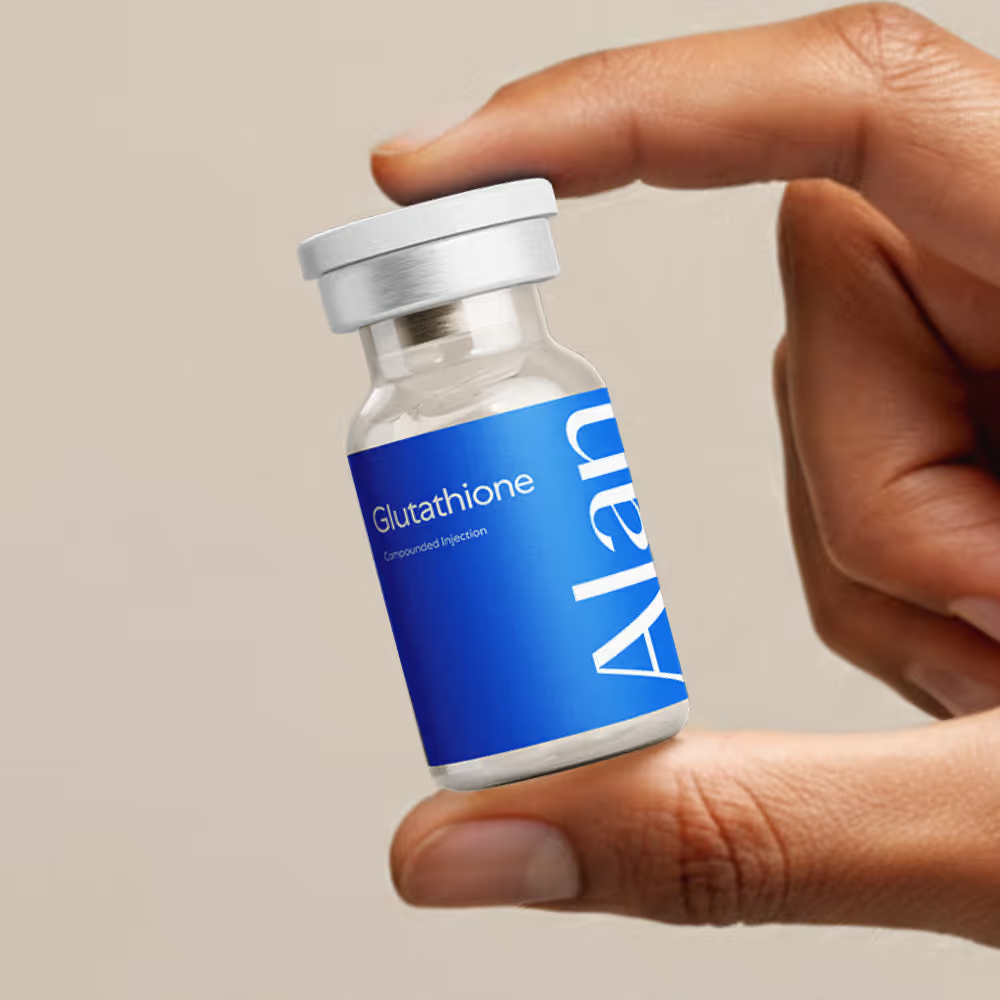



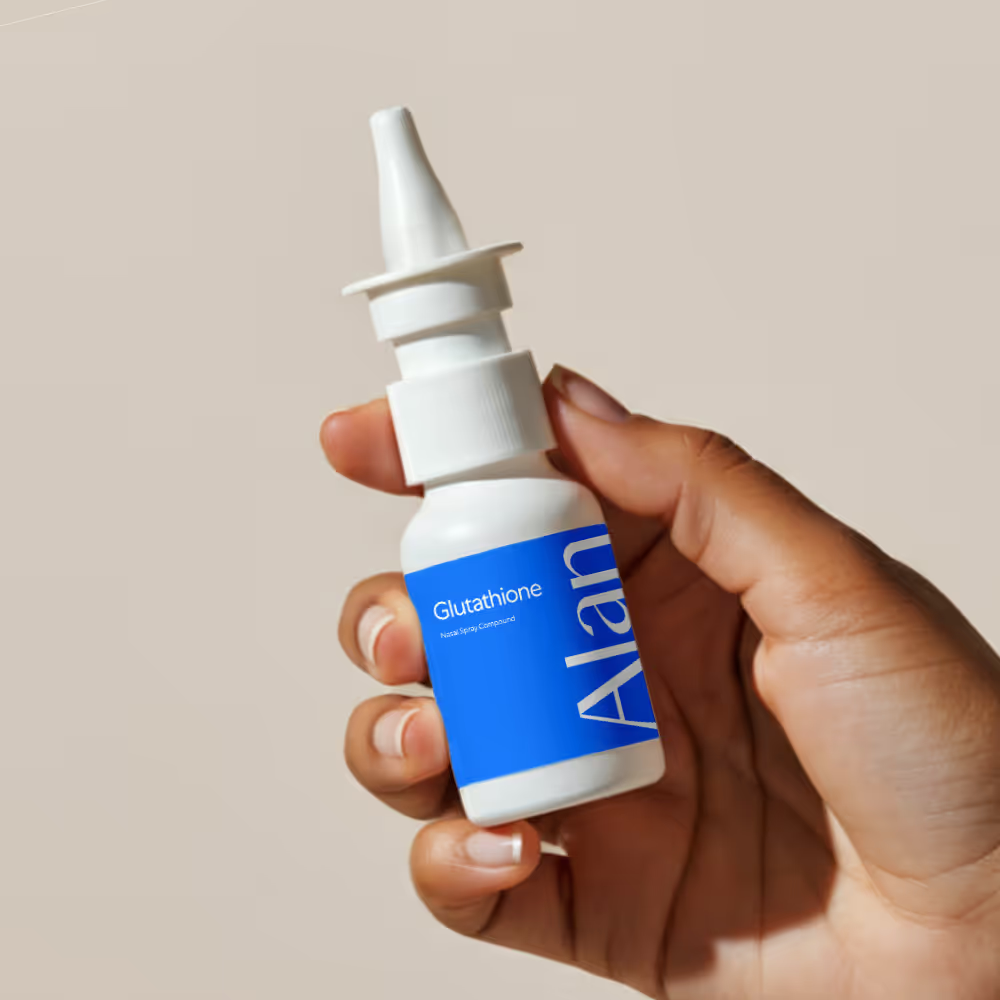

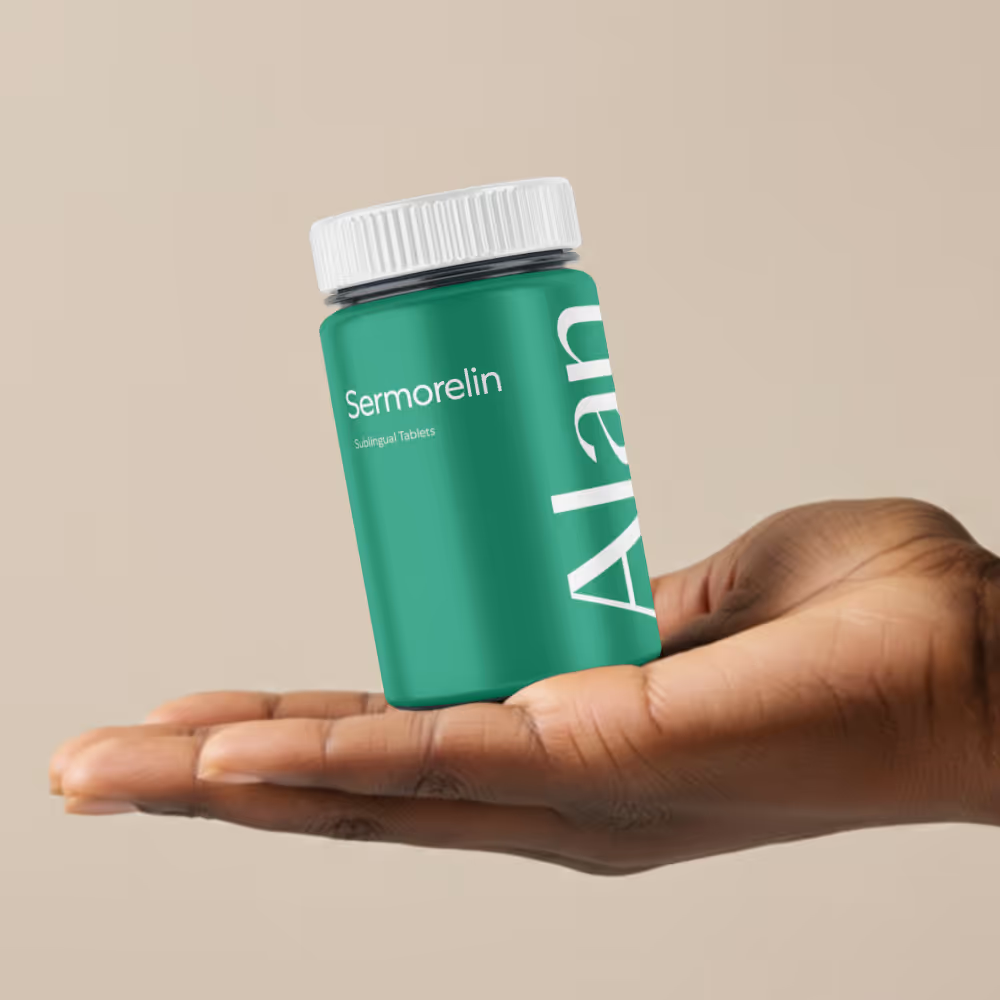

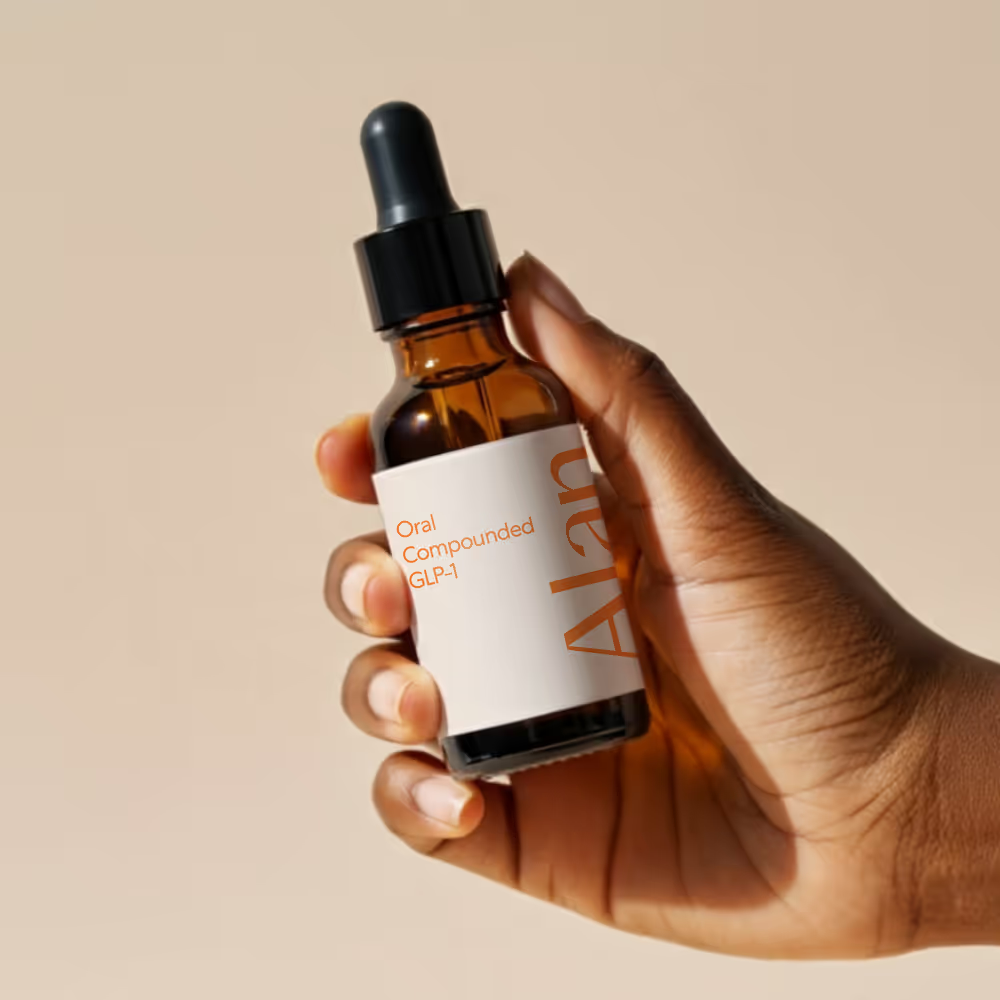



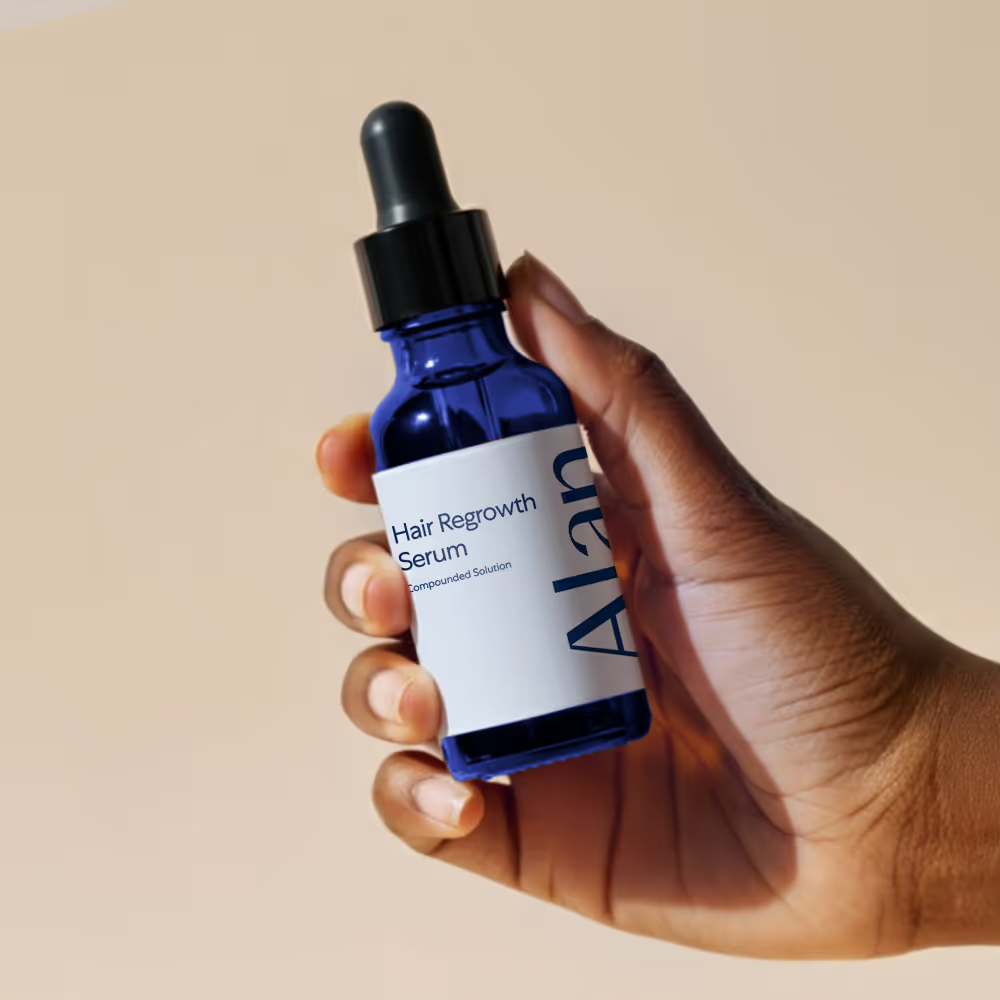

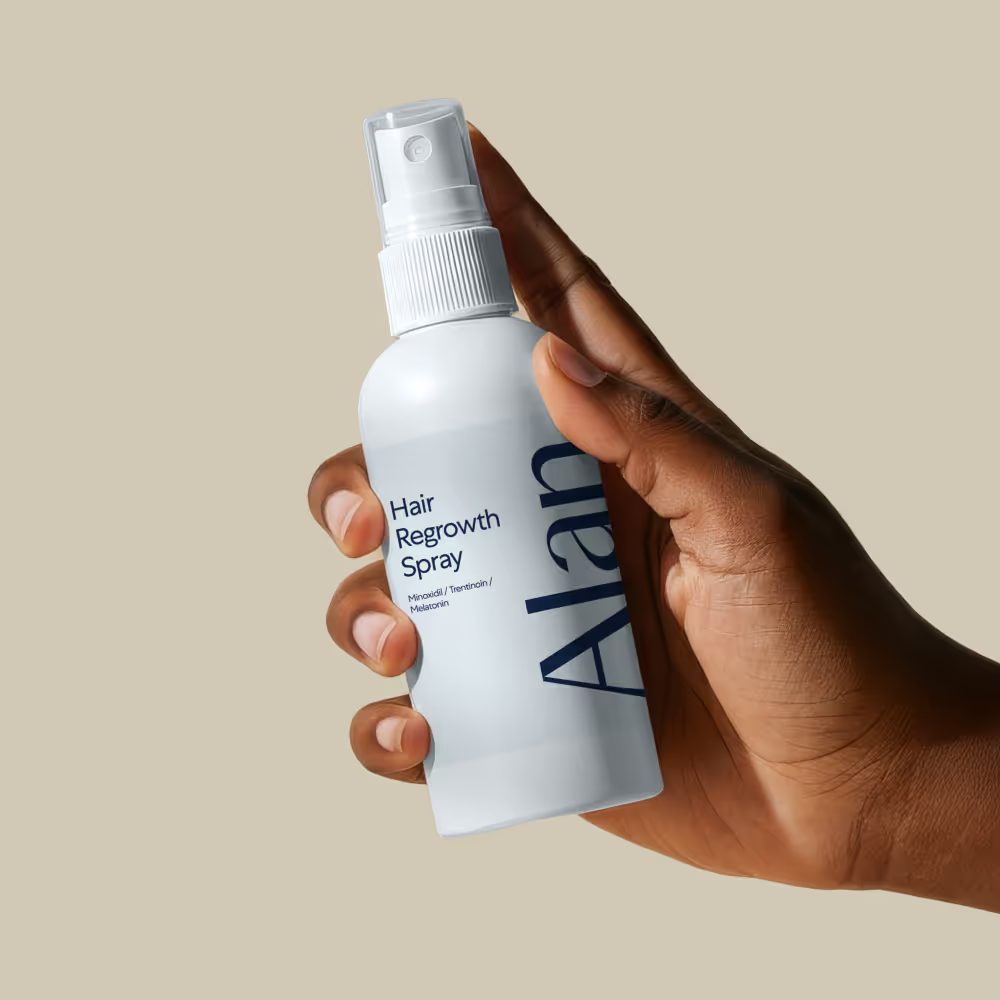

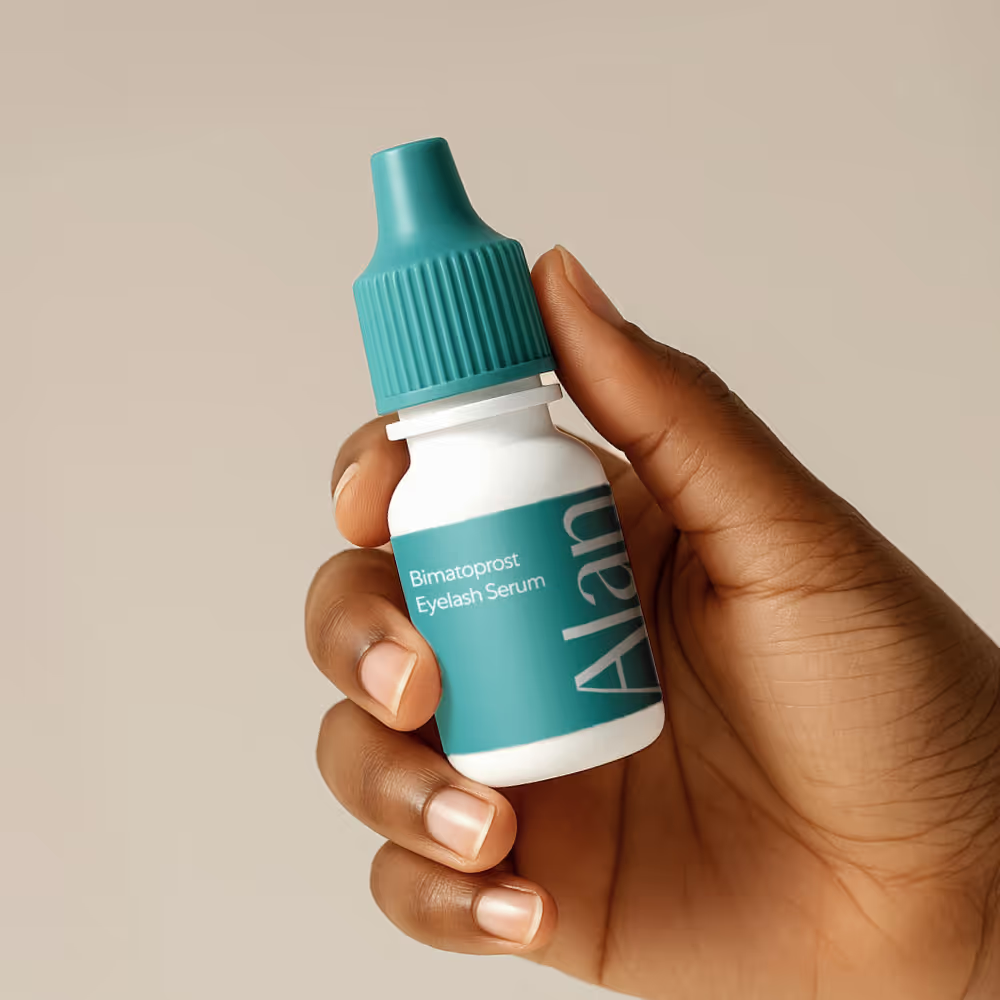



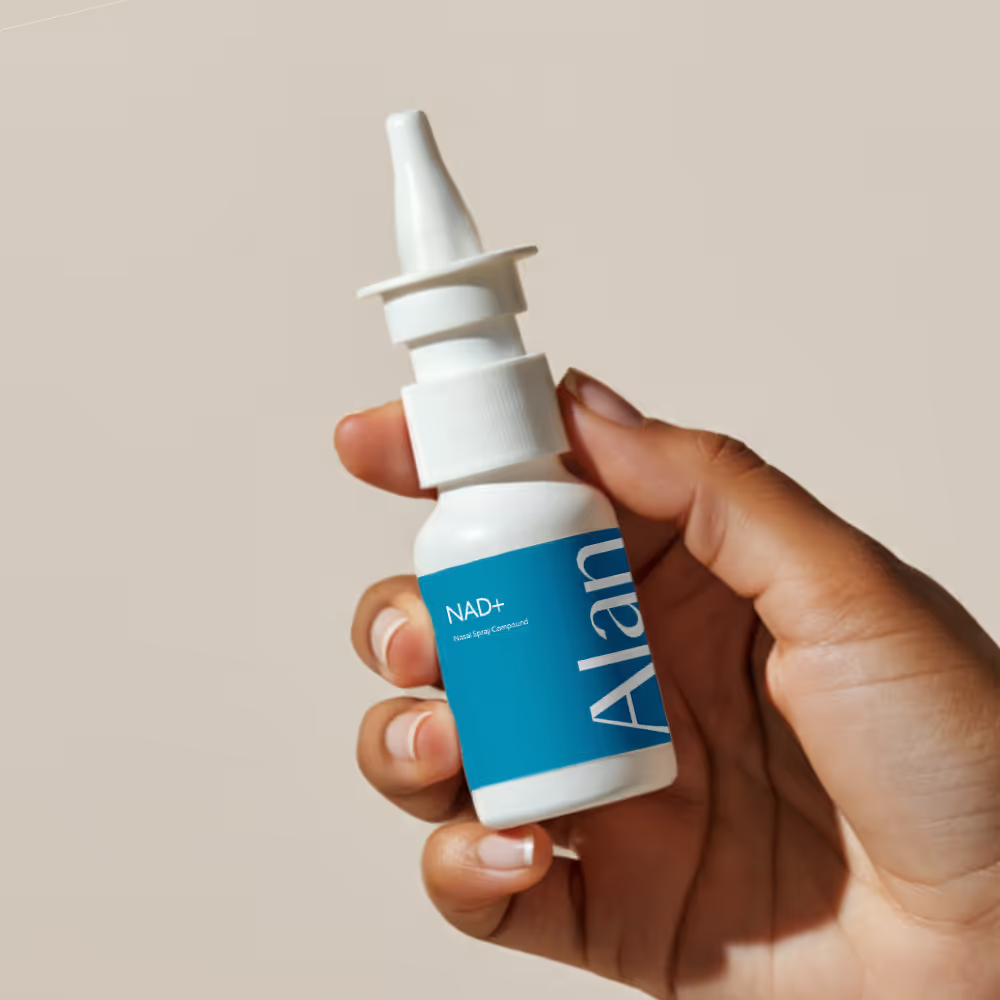

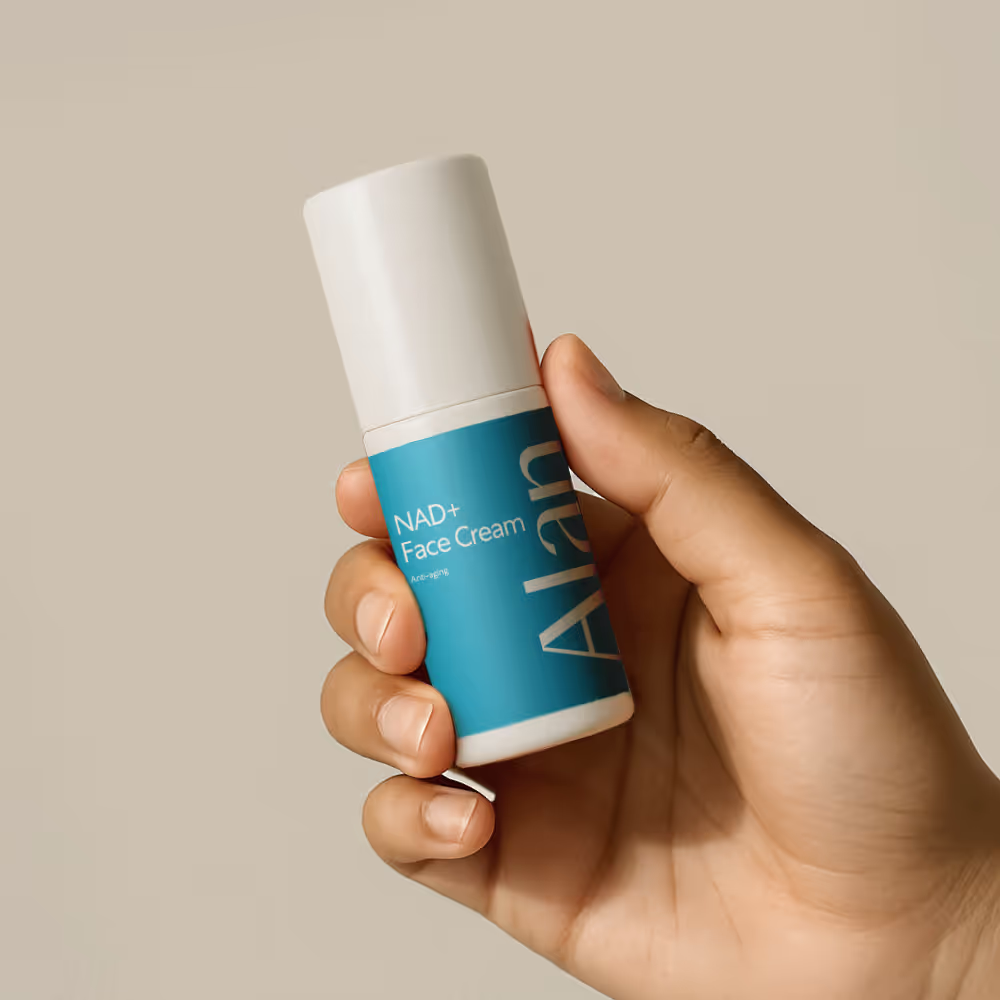

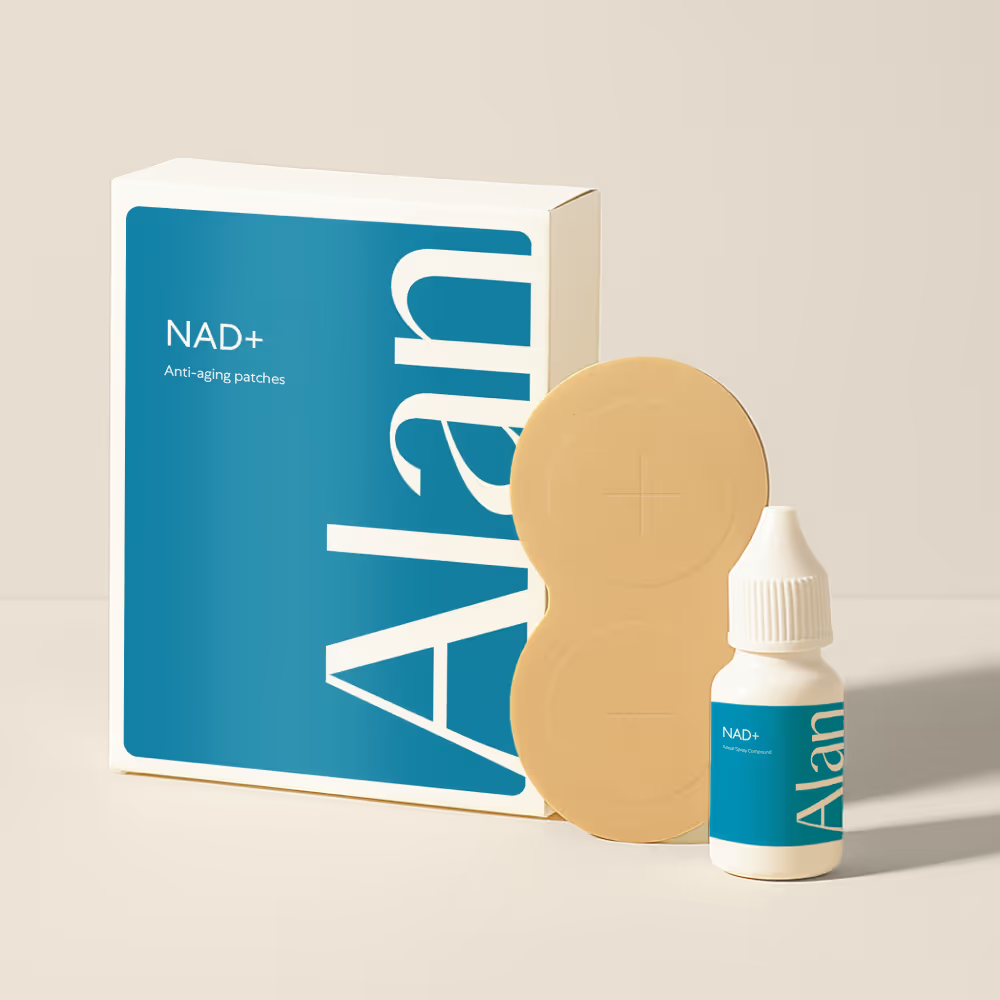

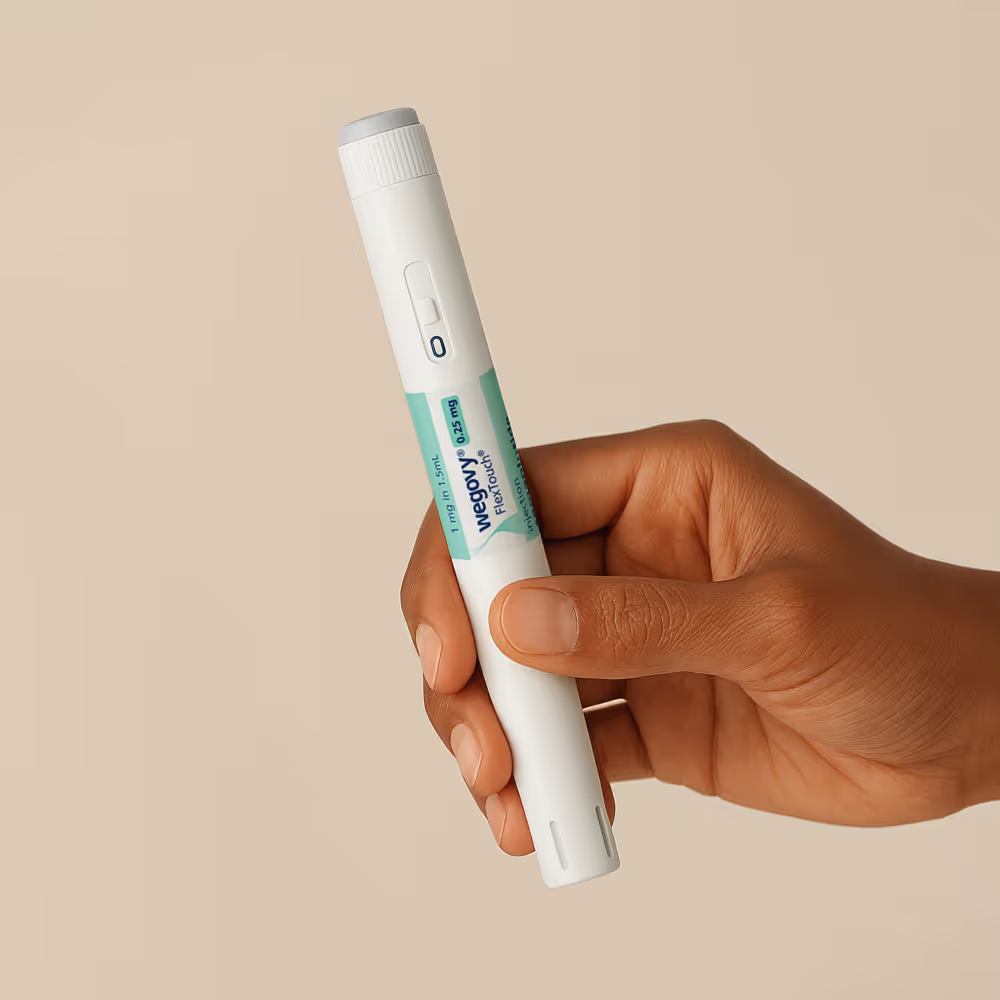

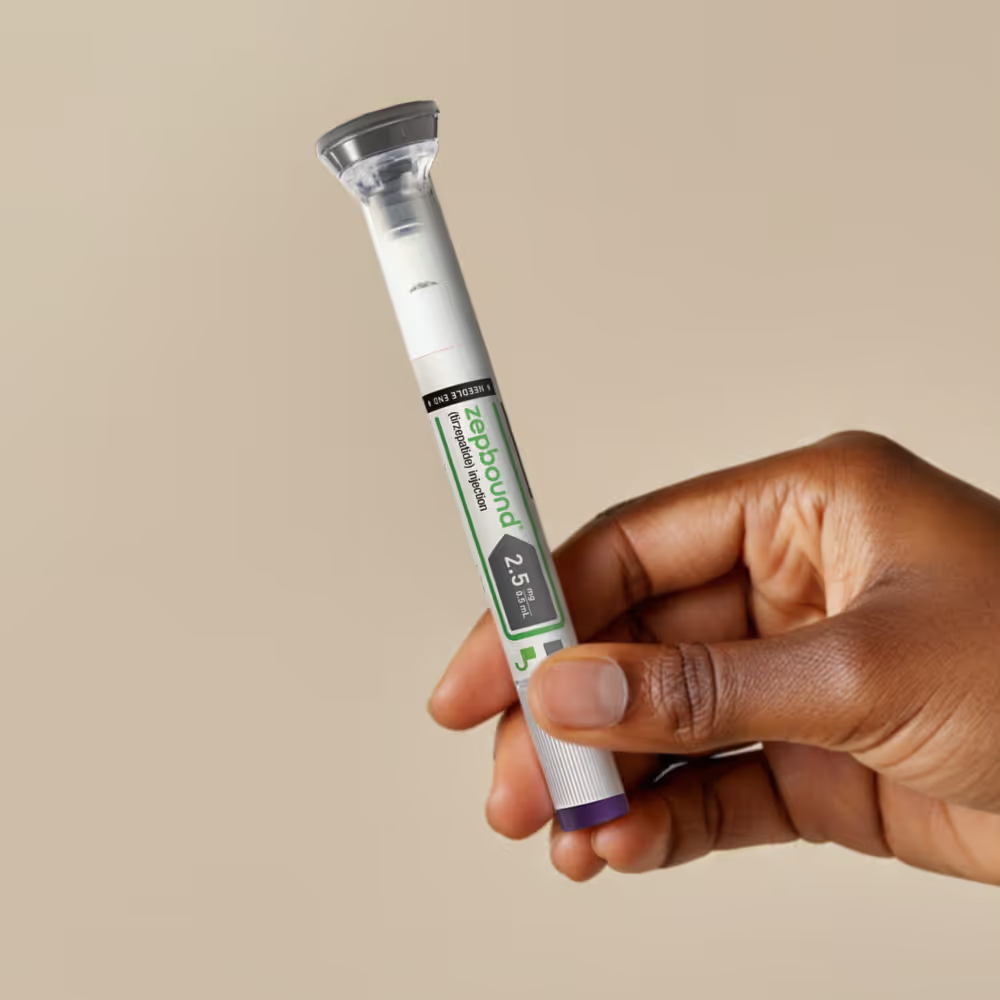

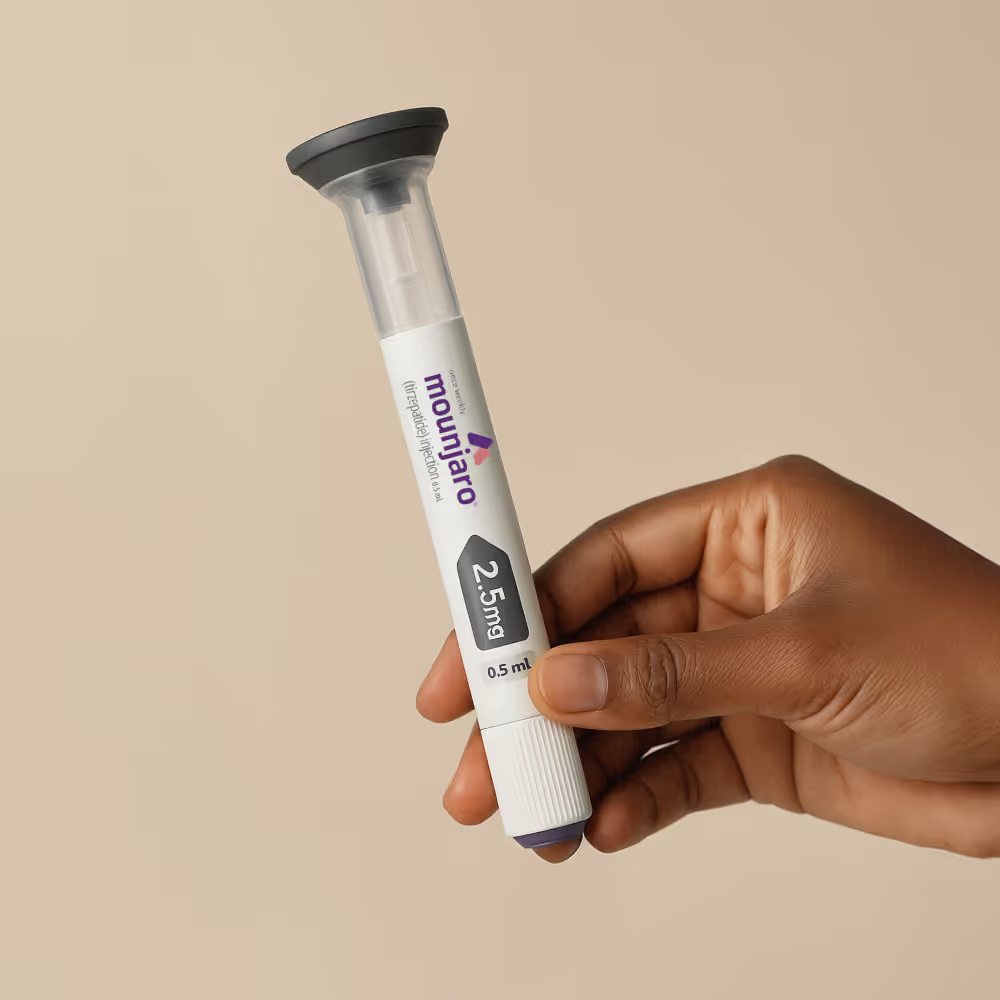

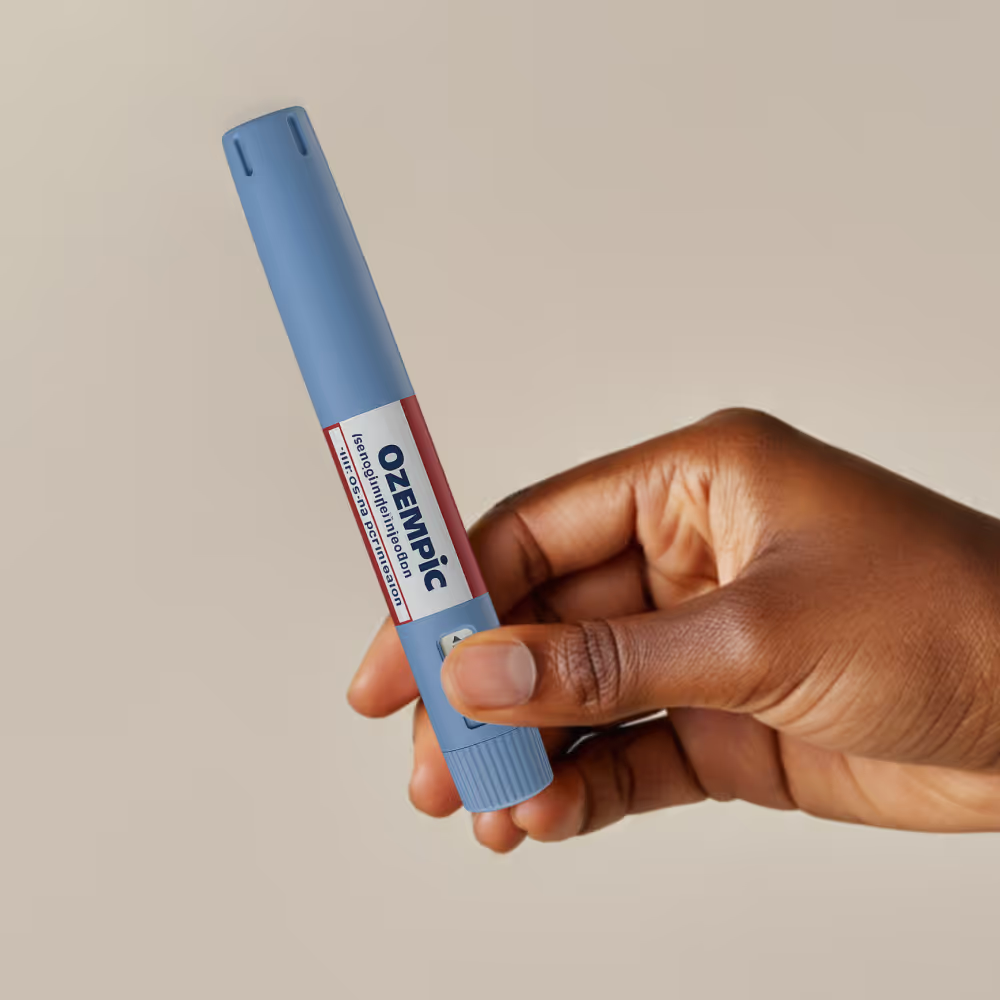



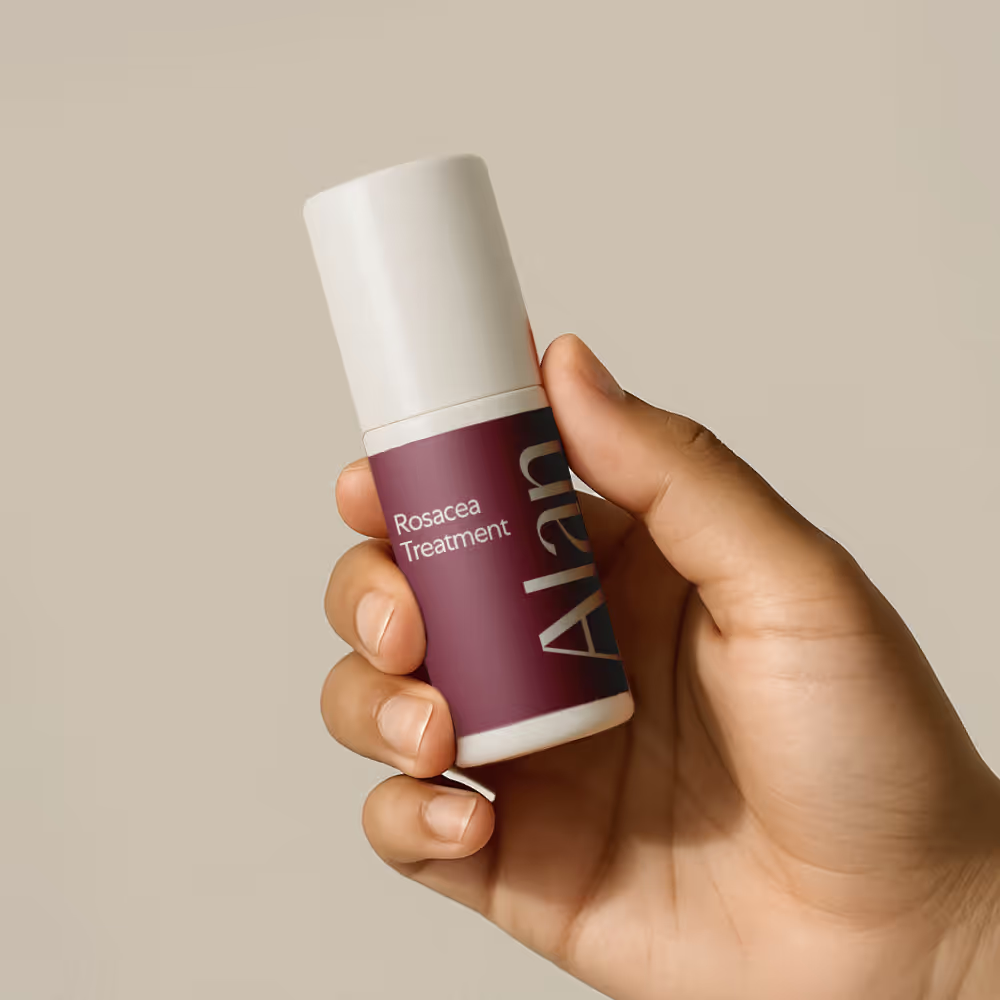

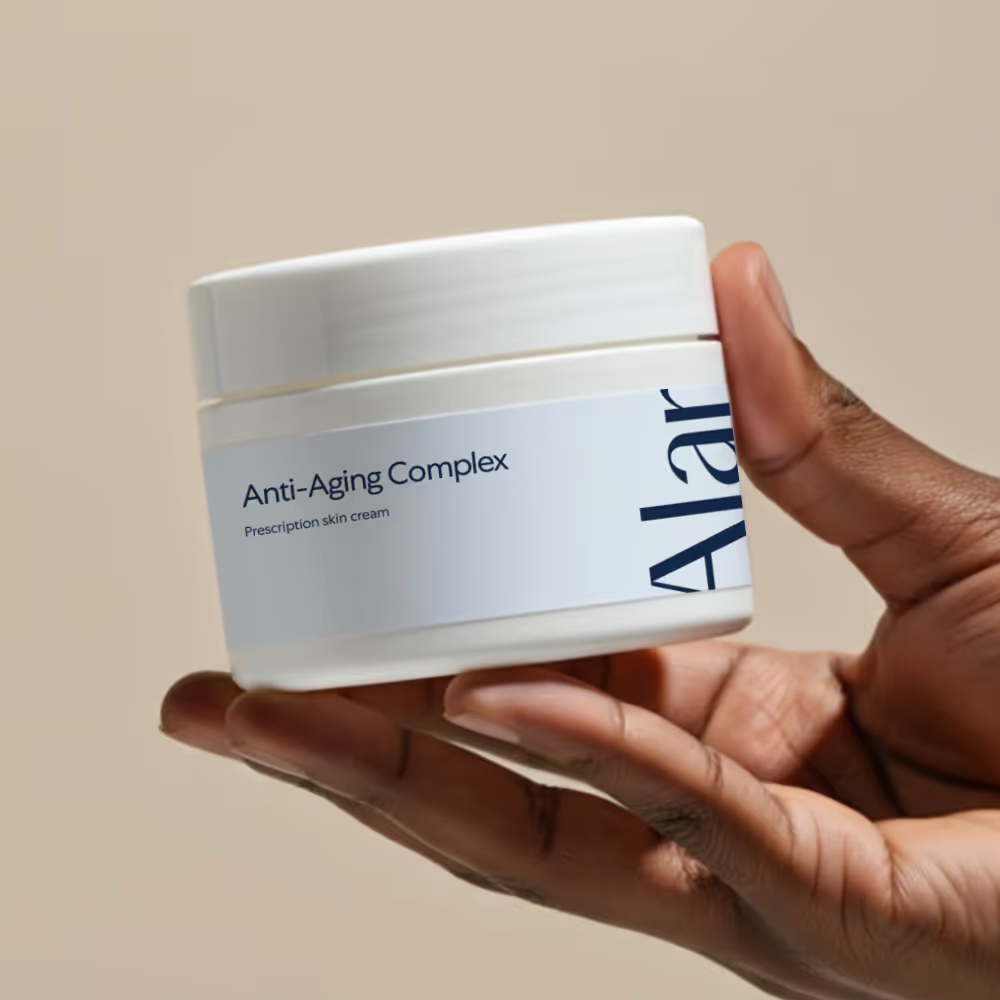

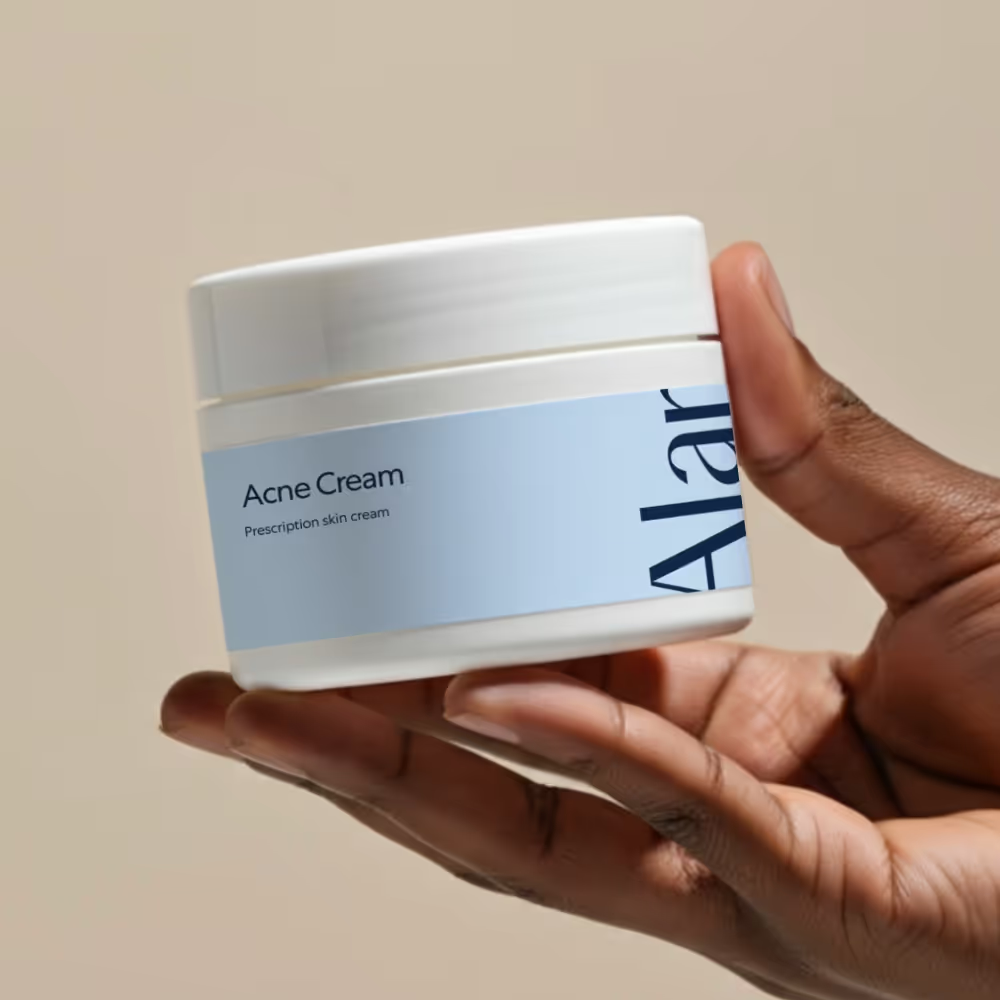



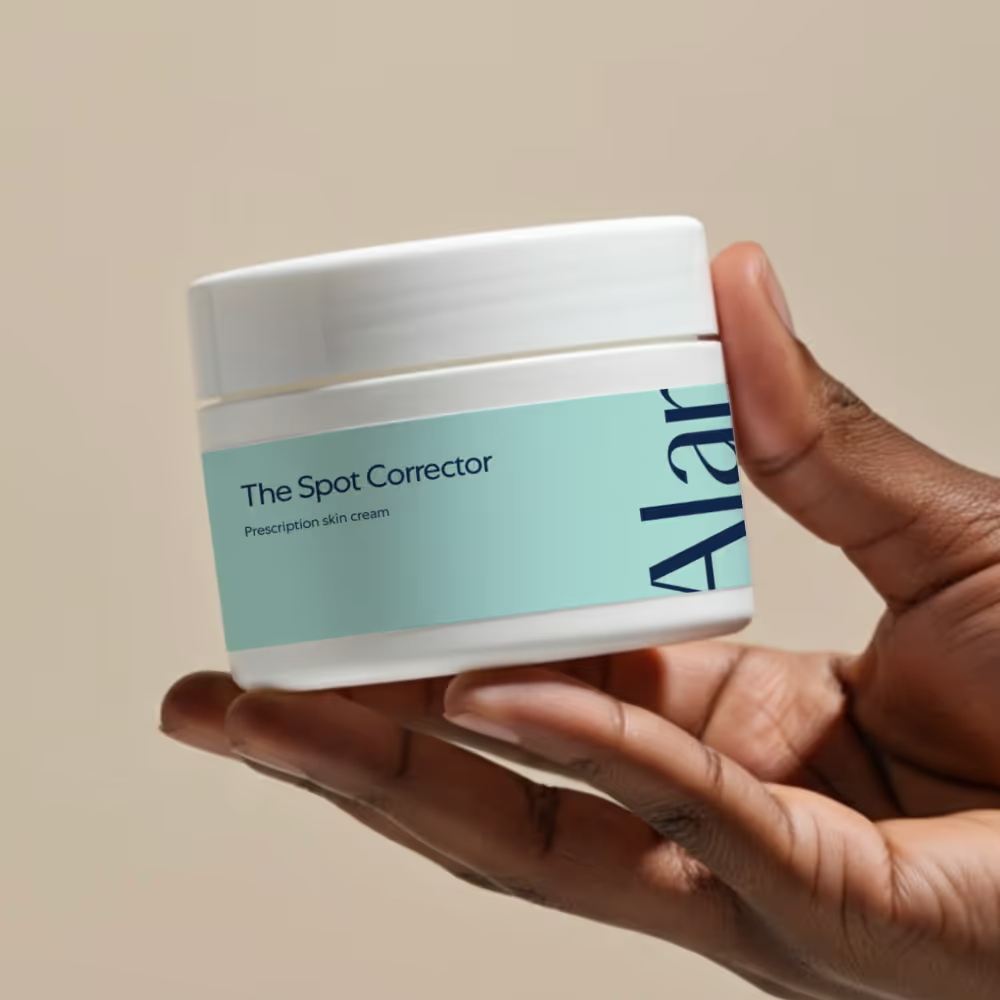



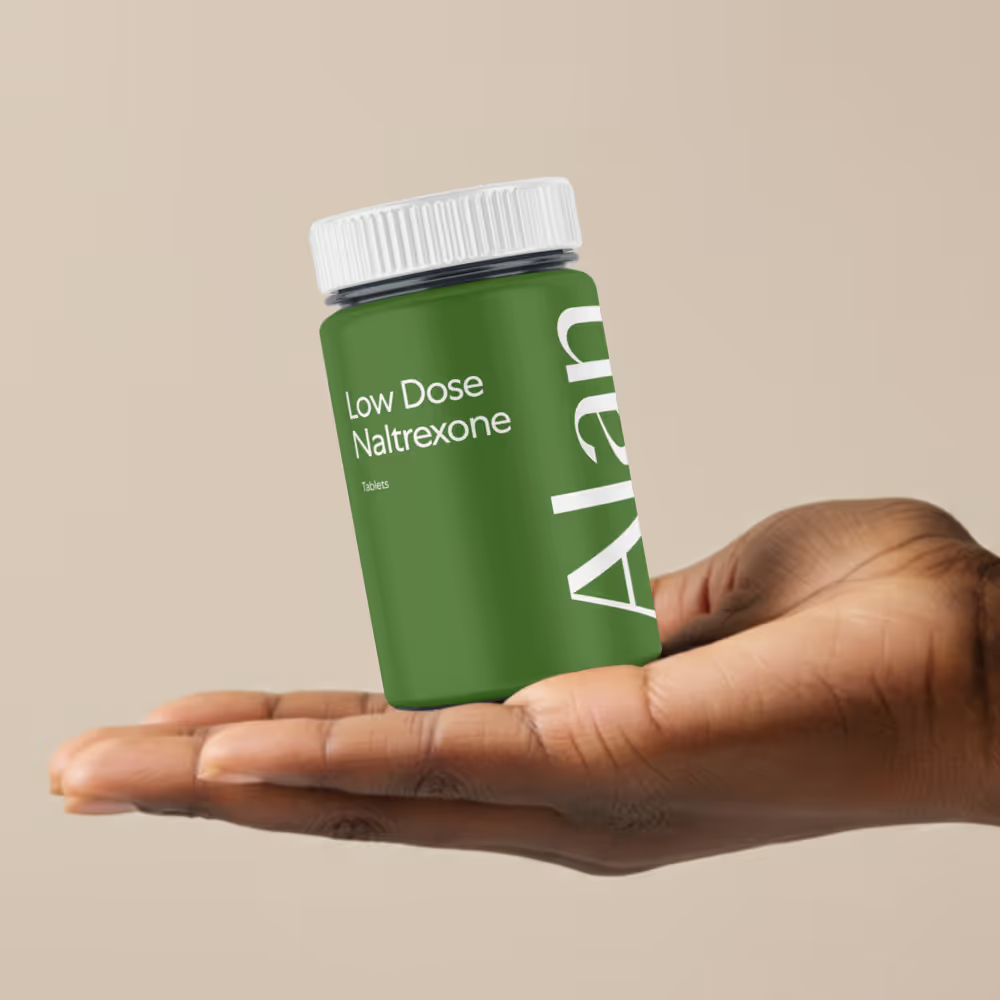




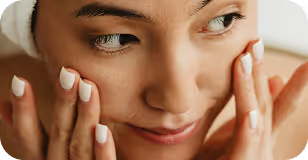

.avif)
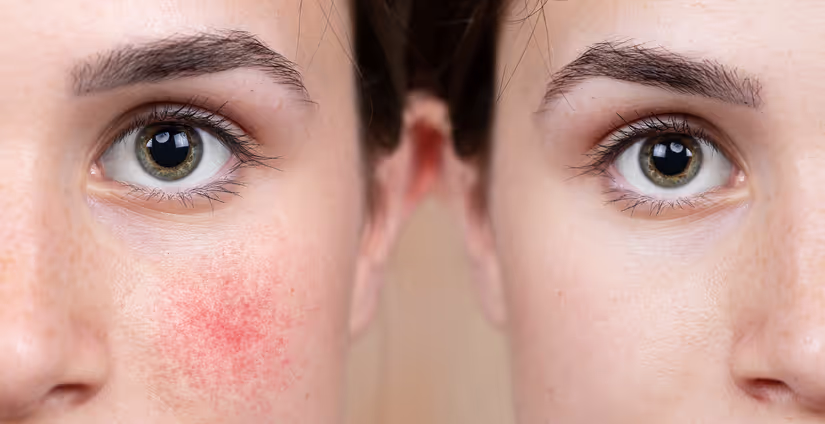
.avif)



